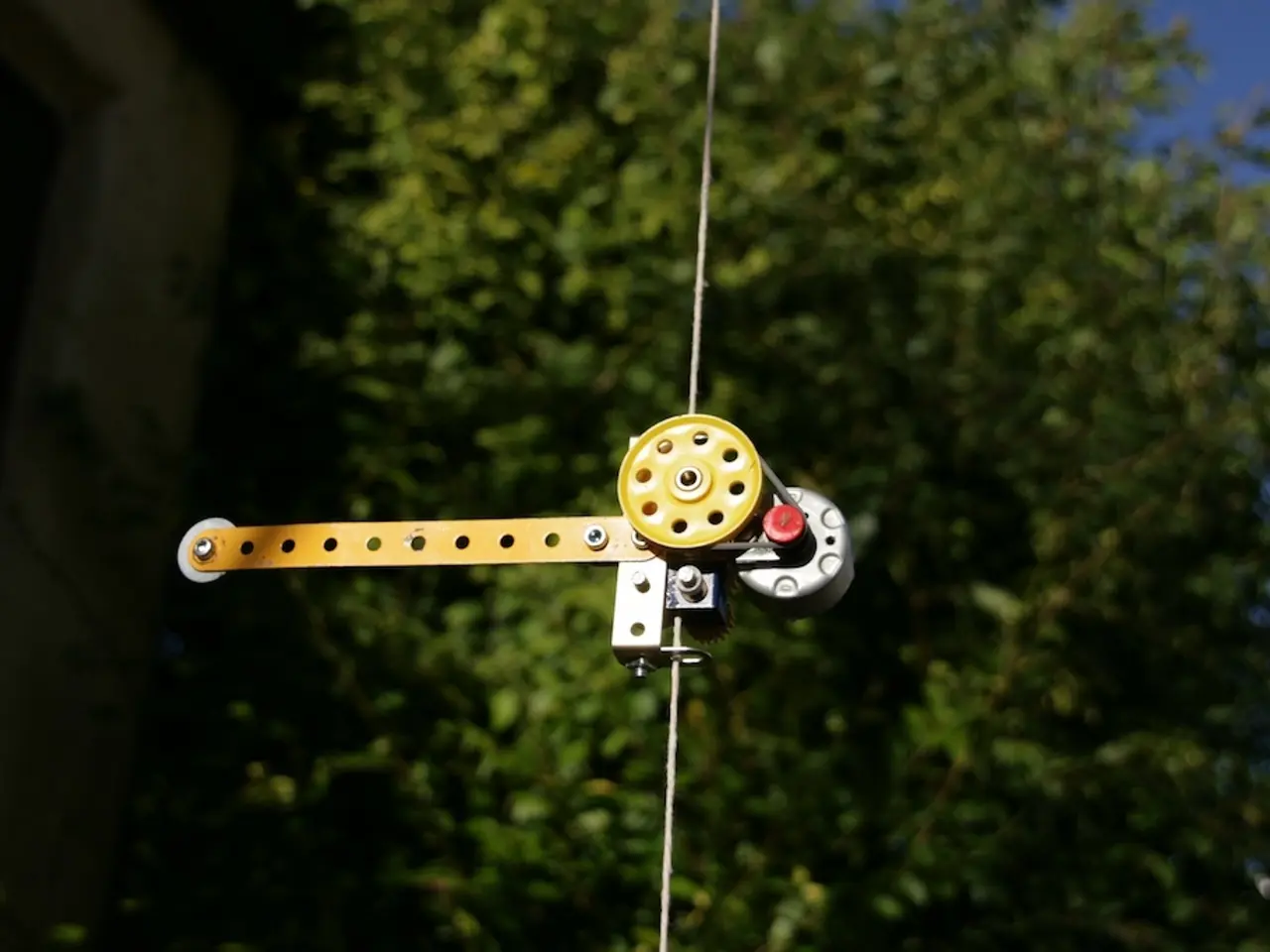Houdini makes available free game asset workflows based on the Project Elderwood demo.
In the world of 3D modeling and computer graphics, Houdini continues to shine, particularly in the realm of game development and CG work. This article takes a closer look at Houdini's capabilities, with a focus on Project Elderwood and the recommended render software options for 2025.
SideFX, the creators of Houdini, have recently released Project Elderwood, a tech demo that showcases the potential of Houdini and Unreal Engine for creating game content. The demo features a scalable cliff-generation pipeline, emphasizing the Natsura plug-in's capabilities for generating rich vegetation suitable for adventure games. Additionally, it highlights advanced modeling and texturing tools in Houdini.
For those interested in diving into Project Elderwood, early access to the Natsura beta is required. Luckily, SideFX has also provided guides for the tools developed for this project.
For those looking to enhance their rendering capabilities with Houdini, several options are available. Arnold, a high-quality, industry-standard renderer, and Redshift, a fast, GPU-based renderer, are top choices due to their robust feature sets and industry adoption. Octane, a GPU-accelerated real-time rendering engine, is another strong candidate for faster GPU rendering. For budget-conscious users or those who prefer unbiased rendering approaches, open-source options like Cycles and LuxCoreRender are worth considering.
In addition to these render engines, cloud rendering farms such as 3S Cloud Render Farm, RebusFarm, and Fox Renderfarm offer support for Houdini, providing scalable computational power to speed up rendering times, especially for complex projects.
For beginners, tutorials on creating tiling materials from high-poly photogrammetry meshes using Copernicus and Ruinify, a tool for converting low-poly blockout meshes into detailed ruined assets, have been released. These resources make it easier for newcomers to get started with Houdini.
In summary, Houdini's versatility and powerful features make it a standout choice for 3D modeling and CG work. With the release of Project Elderwood and the wealth of resources available, there has never been a better time to explore this powerful tool. The tutorials and render options discussed in this article provide a solid starting point for those looking to delve into Houdini and its capabilities.
[1] SideFX Official Website
[2] Arnold Renderer
[3] Redshift Rendering Technologies
[4] OctaneRender
[5] Cycles Render
[6] LuxCoreRender
[7] 3S Cloud Render Farm
[8] RebusFarm
[9] Fox Renderfarm
- In the Project Elderwood tech demo, the Natsura plug-in demonstrates its ability to generate rich, detailed vegetation suitable for adventure games.
- Advanced modeling and texturing tools in Houdini are highlighted in the scalable cliff-generation pipeline of the Project Elderwood demo.
- For those looking to access Project Elderwood early, guides for the development tools have been made available by SideFX.
- Arnold, Redshift, Octane, Cycles, and LuxCoreRender are top rendering options for Houdini users, each with unique features and industry adoption.
- Cloud rendering farms like 3S Cloud Render Farm, RebusFarm, and Fox Renderfarm offer support for Houdini, providing scalable computational power for complex projects.
- Beginner-friendly tutorials on using Copernicus for tiling materials and Ruinify for converting blockout meshes have been released, aiding newcomers in mastering Houdini.




